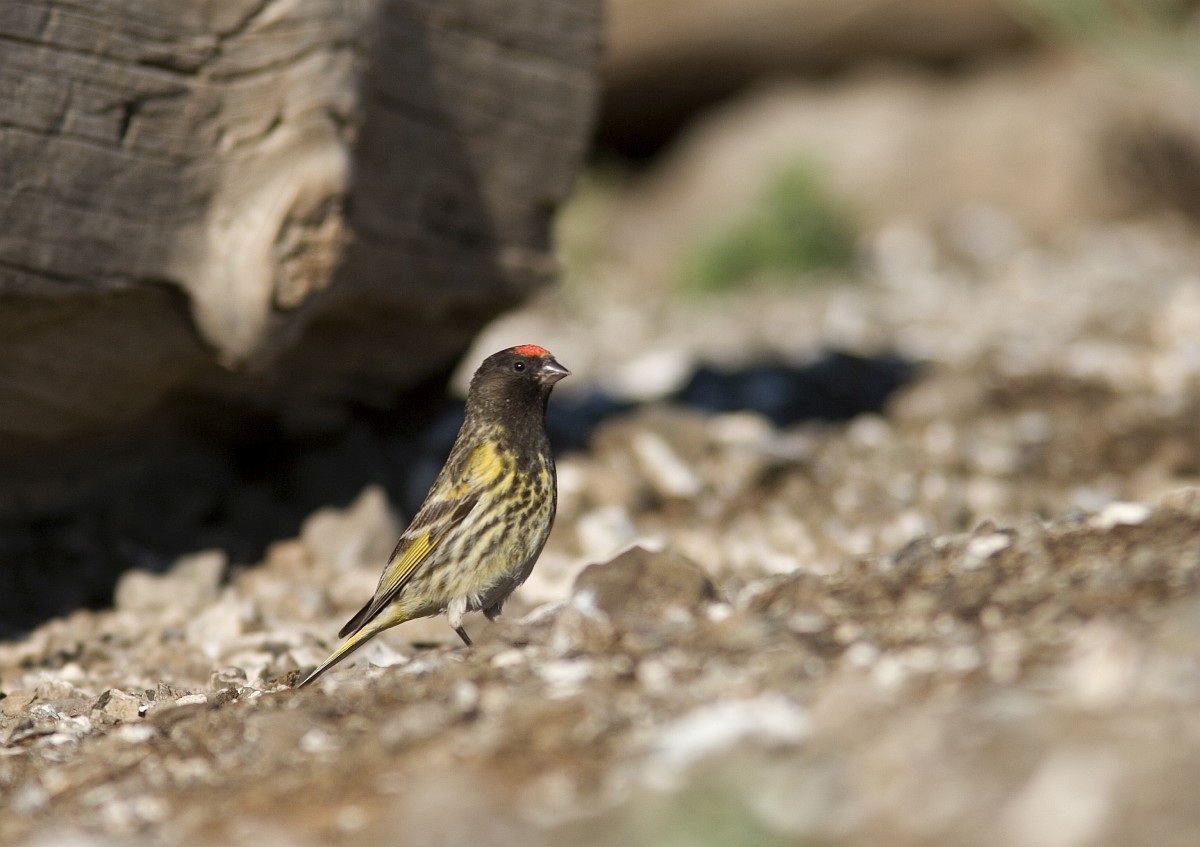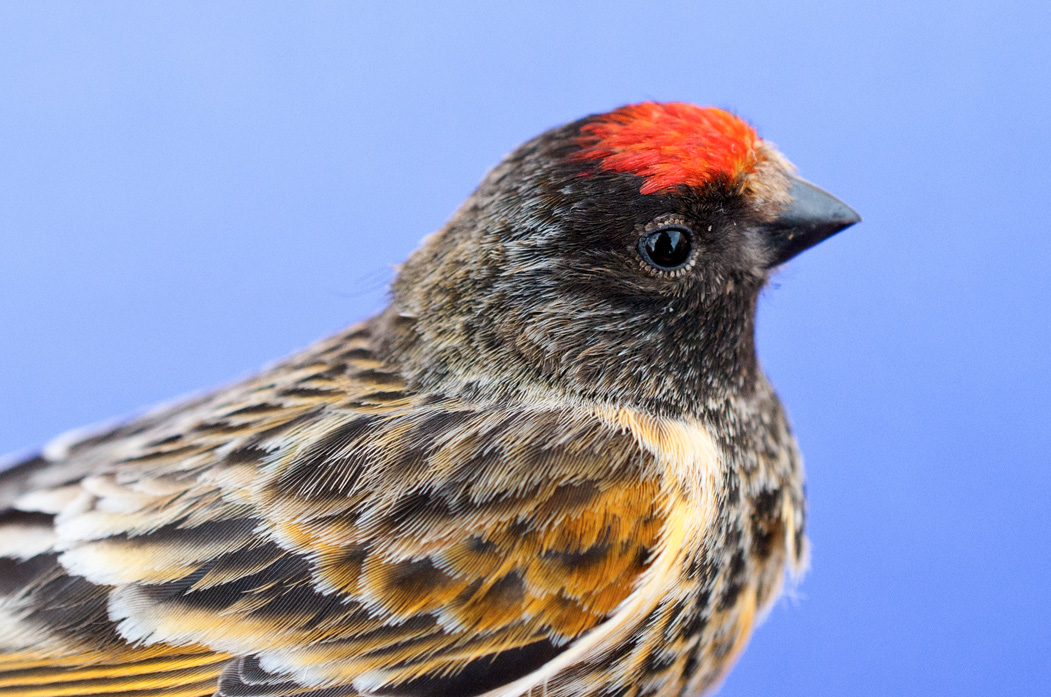The Golden Serin: A Closer Look At Serinus Sulphuratus
Share
The Golden Serin, scientifically known as Serinus sulphuratus, is a captivating bird belonging to the family Fringillidae. This species is part of the suborder Oscines and the subfamily Carduelinae. First described by Linnaeus in 1766, the Golden Serin is primarily found in the Southern Cape Province of South Africa, where it intergrades with the subspecies tvilsoni in the northeast. This article delves into the various aspects of the Golden Serin, including its physical characteristics, habitat, diet, behavior, reproduction, and conservation status.

Physical Characteristics
The Golden Serin is a small, vibrant bird that showcases a striking yellow plumage, which is particularly prominent in males. The bright coloration serves as a visual cue during mating displays. Females, while still colorful, tend to have a more subdued appearance, featuring a mix of yellow and brownish tones. Adult Golden Serins typically measure around 12 to 13 cm in length and weigh approximately 10 to 15 grams.
Their beaks are conical and well-adapted for seed consumption, a characteristic trait of finches. The wings are pointed, allowing for agile flight, which is essential for navigating through their preferred habitats.

Habitat
Golden Serins are primarily found in the Southern Cape Province of South Africa, where they inhabit a variety of environments, including fynbos, grasslands, and scrublands. These birds prefer areas with abundant vegetation, which provides both food and shelter. The intergradation with tvilsoni in the northeast indicates a preference for slightly different habitats, showcasing their adaptability to varying ecological conditions.

Diet
The diet of the Golden Serin mainly consists of seeds, particularly those from grasses and herbs. They are also known to consume small insects and other invertebrates, especially during the breeding season when protein is crucial for the development of chicks. Their foraging behavior typically involves hopping on the ground or perching on plants to access food sources.

Behavior
Golden Serins are social birds, often seen in small flocks, especially outside the breeding season. Their vocalizations are melodious and varied, making them a delight to listen to in their natural habitat. Males are particularly vocal during the breeding season, using song to attract females and establish territory.
These birds are also known for their acrobatic flight patterns, which include quick flaps and glides. Their agility allows them to navigate through dense vegetation with ease.

Reproduction
The breeding season for Golden Serins typically occurs in the spring and summer months. Males engage in elaborate courtship displays to attract females, which may include singing and aerial displays. Nests are usually built in shrubs or low trees, constructed from grass, twigs, and other plant materials.
Females lay a clutch of 3 to 5 eggs, which they incubate for about 12 to 14 days. Once hatched, both parents participate in feeding the chicks, which fledge approximately two weeks after hatching.
Conservation Status
Currently, the Golden Serin is not considered to be at risk, with stable populations in its natural habitat. However, habitat loss due to agricultural expansion and urban development poses a potential threat. Conservation efforts aimed at preserving their natural environments are essential to ensure the continued survival of this beautiful species.
Observing the Golden Serin
For birdwatchers interested in observing the Golden Serin, the Southern Cape Province is the ideal location. Visiting during the breeding season will increase the chances of witnessing their vibrant displays and melodious songs. Look for them in areas with dense vegetation, where they are likely to be foraging or socializing in flocks.
The Golden Serin is a remarkable bird that adds color and life to the ecosystems it inhabits. Its presence is a reminder of the beauty of nature and the importance of preserving our natural habitats for future generations.